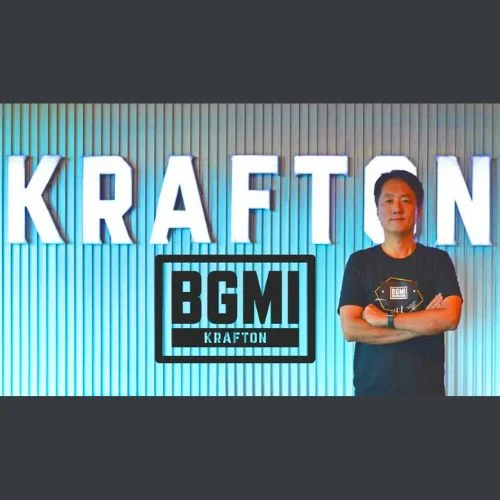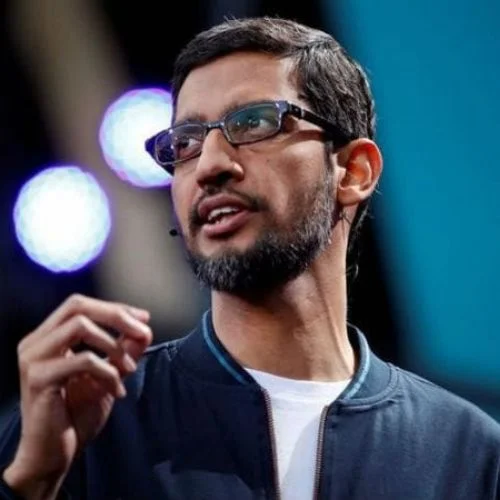Martin Luther King Jr. served as a clergyman, activist, leader in the civil rights movement, a master orator, and the recipient of the Nobel Peace Prize, among other things. But few would consider him a terrific role model for entrepreneurs.
According to Jeffrey Godwin of Saint Vincent College and Christopher Neck, associate professor of management at the W. P. Carey School of Economics, King actually exhibits not just one but two styles of organizational leadership that are both essential in today’s business environment. They contend that King was both a transformational leader and a servant leader, and that businesses today would substantially benefit from adopting his methods in an article that was published in the Journal of Leadership and Management.
Neck looked at King after King had given the students a copy of his “I Have a Dream” speech. Neck shared his “I Have a Dream” speech with the pupils to demonstrate charm, and then his focus shifted to King. He started thoroughly researching King’s life and career because his research focuses on leadership. Godwin concurred. King was initially used as a leadership exemplar by both professors, but they classified him differently: Neck regarded King as a servant leader, whereas Godwin saw him as a transformative leader. “We discussed it and connected the dots, much like chocolate and peanut butter. It was the article’s driving force, claims Neck.
The assistant and the visionary:
In both the business press and academia, transformational leadership and servant leadership are two management philosophies that are extensively discussed. Leaders that are transformational express a vision. They create collective goals, have high standards for performance, and serve as a model for employees or followers. They encourage their followers to question presumptions about how things are done and offer assistance as they make adjustments. They give thought to the needs and sentiments of their workers.
Examples of transformative leaders in the corporate sphere are Steve Jobs and Jeff Bezos:
Servant leaders support and encourage the personal growth of others. Some of their distinctive qualities are genuineness, humility, and social acceptance. In the workplace, they pay close attention to employees’ abilities and direct them in the right direction.
Most leadership studies include personalities from politics and religion in addition to those from the business sphere. Nelson is cited often. We frequently use Mother Teresa and Nelson Mandela as illustrations of servant leaders.
Indra Nooyi, a former CEO of PepsiCo Inc. who is currently the organization’s chairperson, is one example of a servant leader, according to Neck. They both claim Nooyi “gave them with anything they needed, down to the custodial level,” and he knows two vice presidents at the company. Another illustration is Cheryl Bachelder, the former CEO of Popeyes Louisiana Kitchen, who revived the business by attending to the requirements of particular franchise owners. “Dare to Serve: How to Drive Superior Results by Serving Others,” a book she published about her experiences, was the result. Both leadership styles aim to increase employee empowerment and performance; however, the transformational leader places more emphasis on the organization as a whole, whereas the servant leader places more emphasis on the needs of the individual. According to Neck, there are more similarities between the two categories than differences because both routes lead to the same destination. “If you put your employees’ needs first, they’ll put forth more effort and perform better. It all comes down to the organization in the end. Neck discovered instances of both styles of leadership when researching King. King had a vision and established an example for his followers to follow. He questioned others’ presumptions since he had high standards. He encouraged peace and cooperation, but he was also patient. He supported justice and equality and encouraged people to have confidence in themselves after realizing that social change could only come about via individual effort.
The Chicago Campaign and King:
Neck and Godwin focused on one specific period of King’s career for their research paper: the “Chicago Campaign” in 1966. King moved into a slum flat on the city’s west side and started collaborating with the Southern Christian Leadership Conference (SCLC) and the Coordinating Council of Community Organizations to eradicate housing discrimination in the region (CCCO).
King led a protest march through Chicago’s all-white neighborhoods in August 1966 that included around 700 individuals. Residents gathered in anger, some with divisive signs. King would look amazing with a knife in his back, one said. A stone was thrown and struck King in the head. But the King remained unfazed. He organized a second march with the SCLC and the CCCO, this time in the white, middle-class Cicero suburb. Town officials who were concerned about the march met with King and other civil rights figures. In a deal known as the Summit Agreement, the city pledged to ensure accessible housing fIn the short term, the campaign was unsuccessful because city leaders, for the most part, did not carry through on the agreement. King, however deeply disappointed and furious, did not have a short-term perspective. The deal, according to him, is “the first step of a 1,000-mile journey.” It was a little part of his plan to draw attention to his idea, according to Neck. “From a servant leader standpoint, he didn’t fail even though the organizational outcome was unsuccessful. He aided others in developing self-confidence. He drew people together and raised awareness of the need for equal access to resources for education and services. The Amazon Fire phone could serve as a comparison in the business world.
or African Americans in exchange for the civil rights organizations’ cancellation of the march. Despite the product’s failure, the research that went into it produced other immensely popular products, such as the Alexa personal assistant.
King outlined the vision and high-performance objectives of a transformative leader in the Chicago Campaign. But he was also a servant leader, encouraging others to keep up the battle for the cause, which eventually won.
Leadership in the workplace today:
Even though much has changed in the business world since King’s day, his leadership approach is more important than ever. The norm in the past was autocratic leadership, and employees frequently stayed with a company for 20 or 30 years. Workers maintained composure and adhered to the rules, accepting occasionally boring work in exchange for the opportunity of slow but steady advancement and the bait of a raise.
According to Neck, “it would be difficult for an autocratic, top-down leader to exist” in the fast-paced business world of today. The carrot of a pension is gone. It is typical for people to change jobs frequently, and firms frequently struggle to locate and keep talented personnel. High performance standards are the norm, and routine chores are mechanized. Employees will only accept pressure if they believe their labor is valuable and meaningful. A transformative leader offers a vision that motivates staff to cooperate and overcome obstacles. A servant leader gives them the freedom to make decisions independently and to employ their greatest abilities, which eventually benefits the whole organization.
How would the King react?
If King were in charge of reviving General Motors today, he probably wouldn’t make drastic changes. A leader must first garner support, even if they are as charming as King. Transformational leaders require reassurance that they will have access to resources like technology and funding for training initiatives. The board’s confidence is necessary for servant leaders to promote staff members and provide them more freedom.
King’s abilities as a servant leader would be put to use as he took his time to fully comprehend the company’s objectives and its employees before taking any action. Servant leaders frequently postpone change for a few years. Then, the transformative leader within him would communicate a compelling vision, establish objectives, give people the resources they required, and finally, set high standards for performance that, by that point, workers would be eager to meet.















